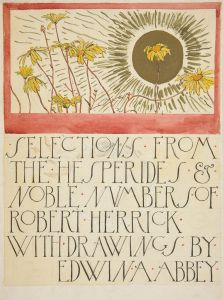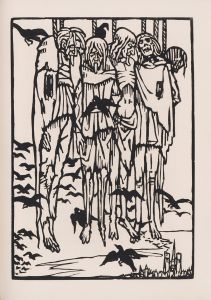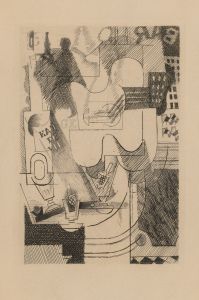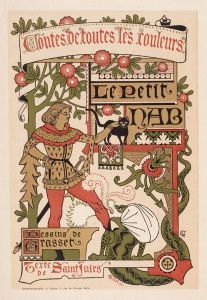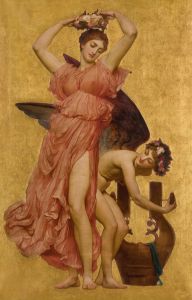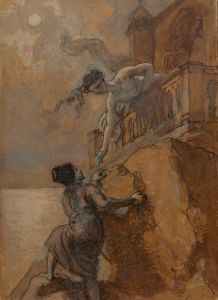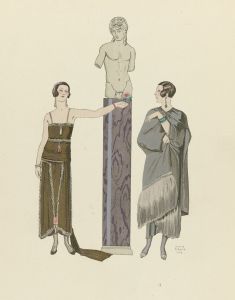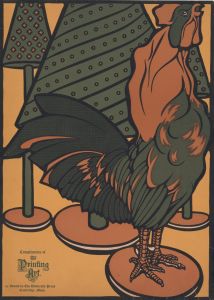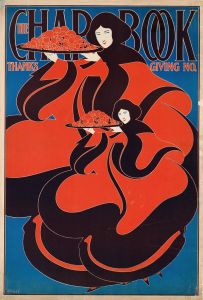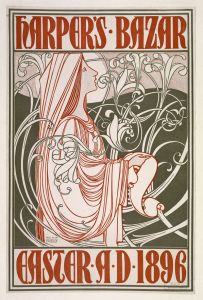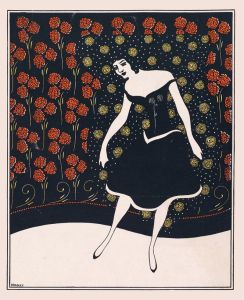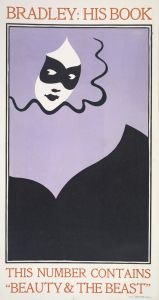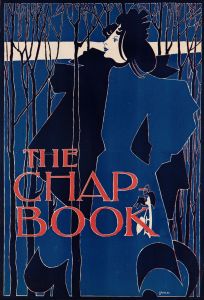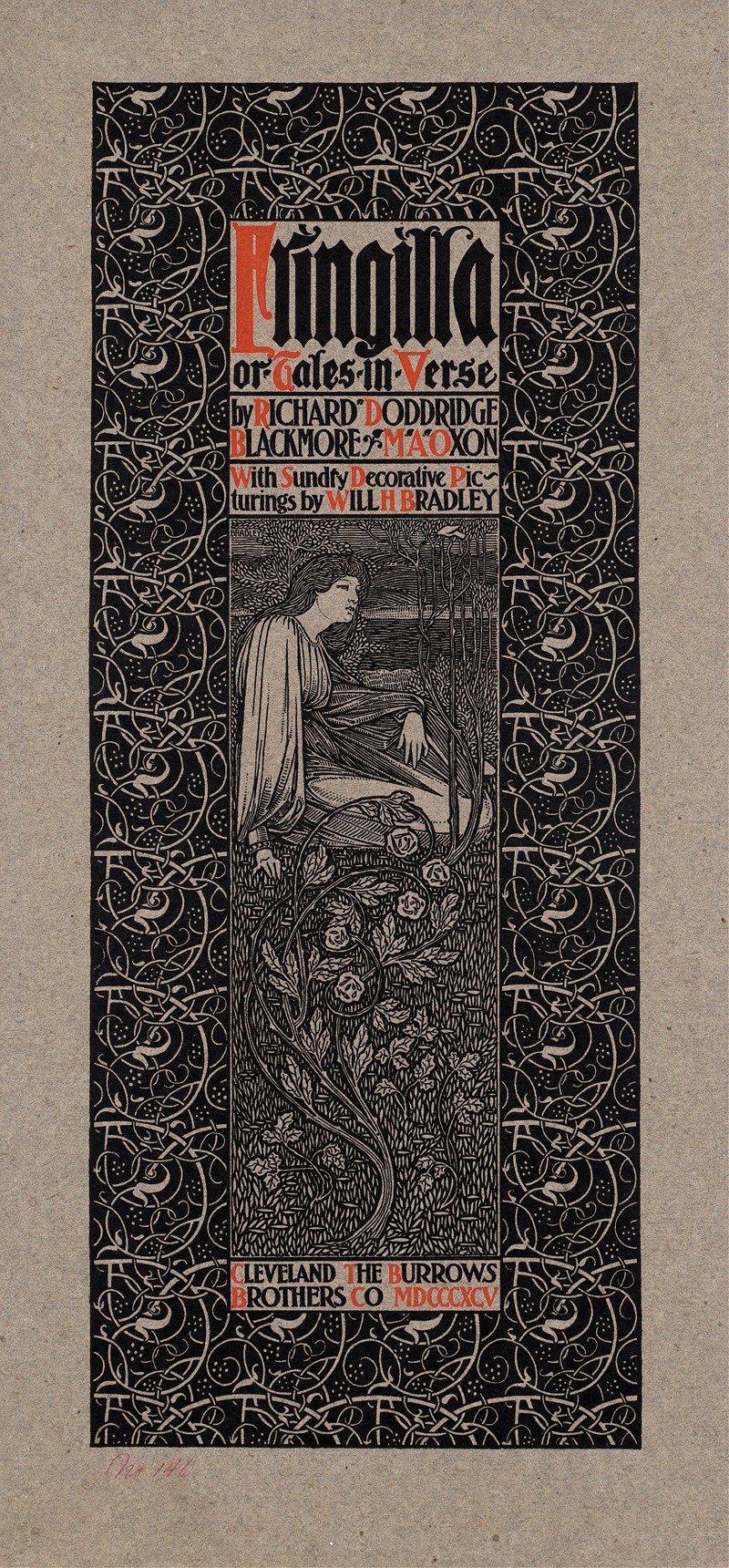
Fringilla or Tales in verse
A hand-painted replica of Will Bradley’s masterpiece Fringilla or Tales in verse, meticulously crafted by professional artists to capture the true essence of the original. Each piece is created with museum-quality canvas and rare mineral pigments, carefully painted by experienced artists with delicate brushstrokes and rich, layered colors to perfectly recreate the texture of the original artwork. Unlike machine-printed reproductions, this hand-painted version brings the painting to life, infused with the artist’s emotions and skill in every stroke. Whether for personal collection or home decoration, it instantly elevates the artistic atmosphere of any space.
"Fringilla, or Tales in Verse" is an illustrated book by the American artist and designer Will Bradley, published in 1895. Will Bradley, born in 1868, was a prominent figure in the American Arts and Crafts Movement and is often referred to as the "Dean of American Designers." His work is characterized by its innovative use of typography, illustration, and layout, which were heavily influenced by the Art Nouveau and Aesthetic movements.
The book "Fringilla, or Tales in Verse" is a collection of poems by Richard Doddridge Blackmore, an English novelist best known for his novel "Lorna Doone." Bradley's contribution to the book was not in the writing but in the visual presentation. He was responsible for the book's design, including its cover, illustrations, and overall layout. This work is a prime example of Bradley's ability to integrate text and image seamlessly, creating a cohesive and visually appealing piece.
Bradley's design for "Fringilla" reflects his mastery of the Art Nouveau style, characterized by organic forms, flowing lines, and intricate patterns. The illustrations in the book often feature natural elements such as flowers, vines, and birds, which are common motifs in Art Nouveau. Bradley's use of these elements not only enhances the aesthetic appeal of the book but also complements the themes of Blackmore's poetry, which often draws on nature and pastoral imagery.
The book was published by Lamson, Wolffe and Company, a Boston-based publisher known for producing high-quality, artistically designed books. During this period, there was a growing interest in book design as an art form, and publishers like Lamson, Wolffe and Company were at the forefront of this movement. Bradley's work on "Fringilla" is a testament to this trend, showcasing the potential of book design to elevate the reading experience.
"Fringilla, or Tales in Verse" is considered a significant work in Bradley's career and in the history of American book design. It exemplifies the shift towards more artistic and thoughtfully designed publications that occurred at the turn of the 20th century. Bradley's innovative approach to design had a lasting impact on the field, influencing subsequent generations of designers and solidifying his reputation as a pioneer in the industry.
Today, "Fringilla, or Tales in Verse" is appreciated not only for its literary content but also for its artistic merit. It is studied by scholars of book design and collectors of fine books, who admire Bradley's ability to harmonize text and illustration. The book remains a valuable example of the intersection between literature and visual art, highlighting the importance of design in the presentation and interpretation of written works.





